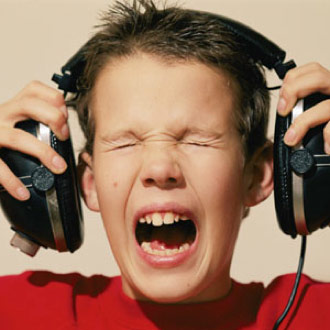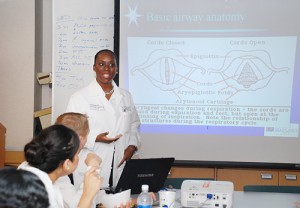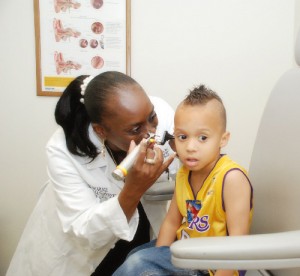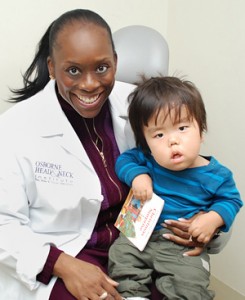- New Sublingual Allergy Tablets - October 31, 2014
- Ground-breaking New Treatment Option for Sleep Apnea - September 27, 2014
- Allergies versus Viruses in Children - September 27, 2014
- “Dog Dust” Protects Children from Allergies - September 27, 2014
- Nasal Saline Irrigation - August 8, 2014
- Doctor, I am Allergic to Dust. What Can I do? - July 31, 2014
- Infants Exposed to Dust Mites Less Likely to Develop Allergies - June 23, 2014
- How to Treat a Young Child’s Cough - December 17, 2013
- Many Parents are Unaware That Their Children Are at Risk for Noise Induced Hearing Loss - December 9, 2013
- Is it a Cold or an Ear Infection? - December 9, 2013

A recently published study has demonstrated that most parents do not think that their child is at risk for hearing loss from noise exposure. As a result of this misperception, many parents have not taken preventative measures or discussed the risks of noise exposure with their children. One in six adolescents has high frequency sensorineural hearing loss in which the specialized inner ear structure responsible for transmitting sound to the brain is damaged. Often this type of hearing loss is due to excessive noise exposure and is therefore preventable. Unfortunately, once acquired, noise induced hearing loss cannot be medically or surgically corrected.
Noise induced hearing loss results from both the loudness and exposure time to noise. People are usually aware of the noise risks associated with certain industrial work environments, but are unaware of the following hearing risks we are exposed to every day:
- Wearing headphones while listening to an MP3 player or other device
- Listening to the car stereo
- Shooting a firearm
- Watching fireworks
- Attending a concert
- Practicing with the band
- Participation in shop class using power tools or engines
Hearing loss has been shown to have a significant impact on the academic and social development of children and adolescents. For example, children can suffer from speech and language developmental delays, learning difficulties, and behavioral issues. Although the severity of the initial hearing loss in children is usually mild, a major concern is the progression of hearing loss later in adult life.
How can you protect your child’s hearing?
- Limit the time exposed to loud noises. The recommended safe listening levels on music devices with headphones is 60% of maximum volume for 1 hour.
- Turn down the volume. If other people can hear the music when your child’s headphones are on, then it is too loud. Many teenagers use their music to drown out the rest of the world, however listening to music at high volumes especially in a noisy environment such as the subway leads to extremely unsafe levels. If your child will not keep device volumes at safe levels, there are interventional options available. Many devices such as the Apple iPad have updated software available that includes a “volume limit feature.” Additionally, noise-isolating headphones that block out background noise can allow your teenager to listen to their music at reduced volumes.
- Use hearing protection. Have your child wear earplugs when exposed to loud noises at concerts and when around firearms or machinery.
If you have concerns about your child’s hearing you should have them seen by a pediatric otolaryngologist who will evaluate your child and provide recommendations for safe listening practices.
If you would like to know more about noise induced hearing loss in children, please contact the Osborne Head and Neck Institute.
Key Points:
- One in six adolescents has noise induced high frequency sensorineural hearing loss, which is preventable.
- Once acquired, noise induced hearing loss cannot be medically or surgically corrected.
- Noise induced hearing loss results from both the loudness and exposure time to noise.
- Hearing loss has been shown to have a significant impact on the academic and social development of children and adolescents.
- You can protect your child’s hearing by limiting the time they are exposed to loud noises, turning down the volume on devices, and using hearing protection.
- If you are concerned about your child’s hearing have them evaluated by a pediatric otolaryngologist.



